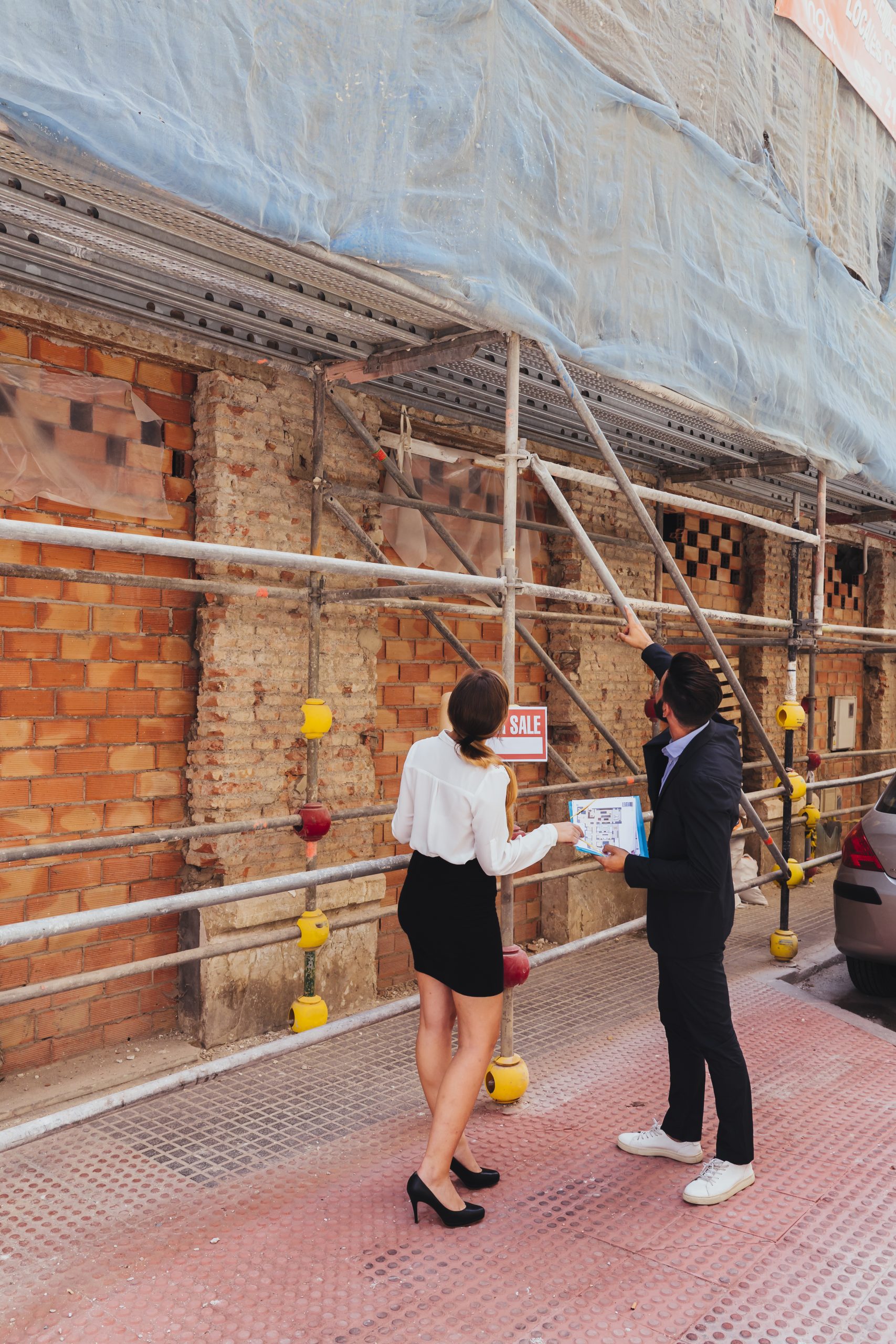Our Address:
Commercial property restoration is a vital process that helps businesses recover from disasters, but it also has significant environmental implications. The process often involves the removal and disposal of damaged materials, which can contribute to landfill waste. Additionally, the restoration process can consume substantial energy and resources, particularly in water extraction, drying, and rebuilding.
However, when done correctly, restoration can mitigate further environmental damage. Using eco-friendly materials, energy-efficient equipment, and recycling wherever possible are key strategies to reduce the environmental impact. Companies like CIS prioritize sustainable practices in their restoration efforts, ensuring that while they restore buildings, they also protect the environment.
Moreover, preventing further damage, such as mold growth or structural decay, reduces the need for more extensive repairs later, which would have a greater environmental footprint. In this way, timely and efficient restoration not only helps businesses recover but also plays a crucial role in maintaining environmental balance.
For business owners, choosing a restoration company that emphasizes green practices is essential. It’s not just about getting back to business as usual—it’s about doing so in a way that minimizes harm to the planet. By integrating sustainable practices, commercial property restoration can significantly reduce its environmental impact while still delivering high-quality results.





